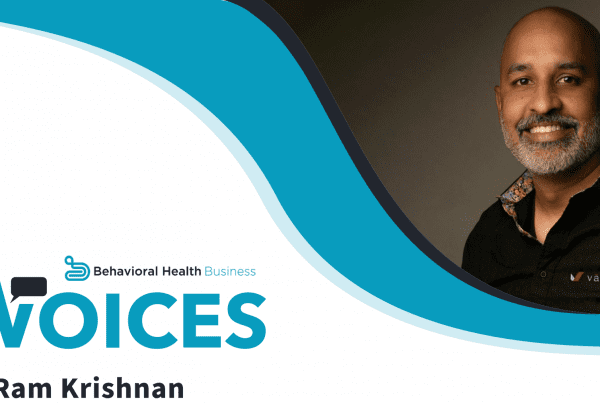In this article, we will dive into insurance panels for private practices, which can be a great way to find a reliable stream of behavioral health patients.
What Is an Insurance Panel?
Joining an insurance panel means signing a contract to become an in-network provider for a health insurance plan. This means that patients who have a particular health insurance company or plan can receive services from your practice and you can bill the insurance company directly. This is ideal for behavioral health practitioners who want more clients and are willing to accept fixed rates and complete the steps required to be an in-network provider. This contrasts with being an out-of-network provider that provides superbills to clients that they can submit on their own for out-of-network insurance reimbursement, eschewing insurance to focus on self-pay clients, or direct employment as a behavioral health provider for an HMO, hospital, or agency (i.e., not operating or working for a private practice).
How to Get Paneled With Insurance Companies
Becoming paneled with an insurance company can require quite a bit of paperwork and take several months. You will need to be a licensed practitioner and have a National Provider Identification (NPI) number, and you will typically need to have a resume with work history, an IRS W-9 form, proof of malpractice insurance, an explanation of any professional disciplinary actions taken against you, and a Drug Enforcement Agency (DEA) number if you provide treatments such as Spravato®.
Take some time to search online for insurance panels in your area and make a list of ones you are interested in. You will want to inquire whether the panels are accepting new providers in your area, to check how many panelists already provide similar services in your area, and to ask colleagues for tips and advice. You will almost certainly need to create a ProView account with the Council of Affordable Quality Healthcare (CAQH), which is a credentialing database used by numerous insurance companies and Medicare. The CAQH application is lengthy and can take many hours. However, once complete, your CAQH application can be digitally shared with multiple panels and more easily updated for re-attestations later. Note that you may need to first obtain a CAQH number from an insurance company before creating your ProView account.
The Pros and Cons of Being on Insurance Panels
Pros: Being on an insurance panel means the insurance company will be referring patients to you. This can give you a steady stream of clients, reducing the need for marketing. It also gives you credibility, as well as access to clients who may not be able to self-pay or go out-of-network. Depending on the panel, you may get a few clients here and there or an avalanche of clients, depending on whether the panel already has an adequate number of behavioral health providers in your geographic area and specialty. In many areas of the United States, there is a lack of in-network behavioral healthcare options, so you may gain a considerable amount of business.
Cons: There is more waiting and red tape with insurance panels, and you do not get to set your own rates. Medicaid, for instance, is notorious for low reimbursement rates. Clients may need pre-authorization or referrals, and the panel may only pay for certain treatments and set strict limits on the number and length of therapy sessions. Billing can also be challenging, requiring accurate coding and documentation, dealing with denied claims, and waiting weeks or months to get paid. However, the right EHR software can help streamline billing. If you decide to skip insurance panels and focus on self-pay and out-of-network clients, your EHR should also generate superbills that clients with out-of-network coverage can submit to their insurance companies.
How to Find the Best Insurance Panels for Therapists
The “best” insurance panel depends considerably on where you are located and what services you provide. A good first start may be to explore the panel websites of large, national health insurance companies, such as Aetna, Anthem, Cigna, Humana, and UnitedHealthcare. You may also want to look at regional panels, such as your local Blue Cross Blue Shield affiliate. Also, some behavioral health providers decide to become Medicare panel members, and/or Medicaid panel members through their state government. These options each come with opportunities and pitfalls.
In any case, looking at provider maps in your geographic area for various insurance panels may be helpful to see whether the panel is already saturated with similar practitioners. Early on, you should find out whether the insurance panels are accepting new providers. You will also want to examine their application requirements, including any information specific to your state. This information may be included on their websites, or it may require a phone call or email. Asking colleagues for advice is another good idea, especially if they have experience with insurance panels you are interested in.
Insurance panels can be a great way to grow your practice while providing behavioral healthcare to patients who may not otherwise have access to care.









